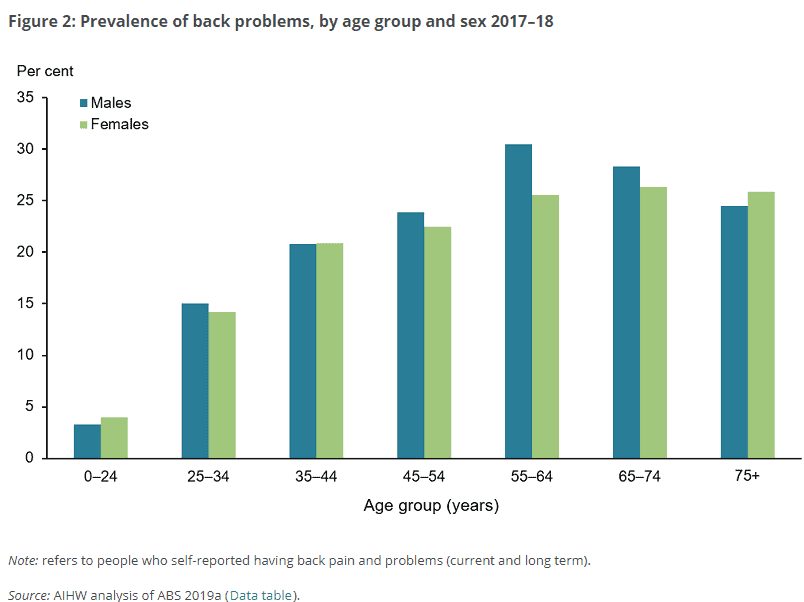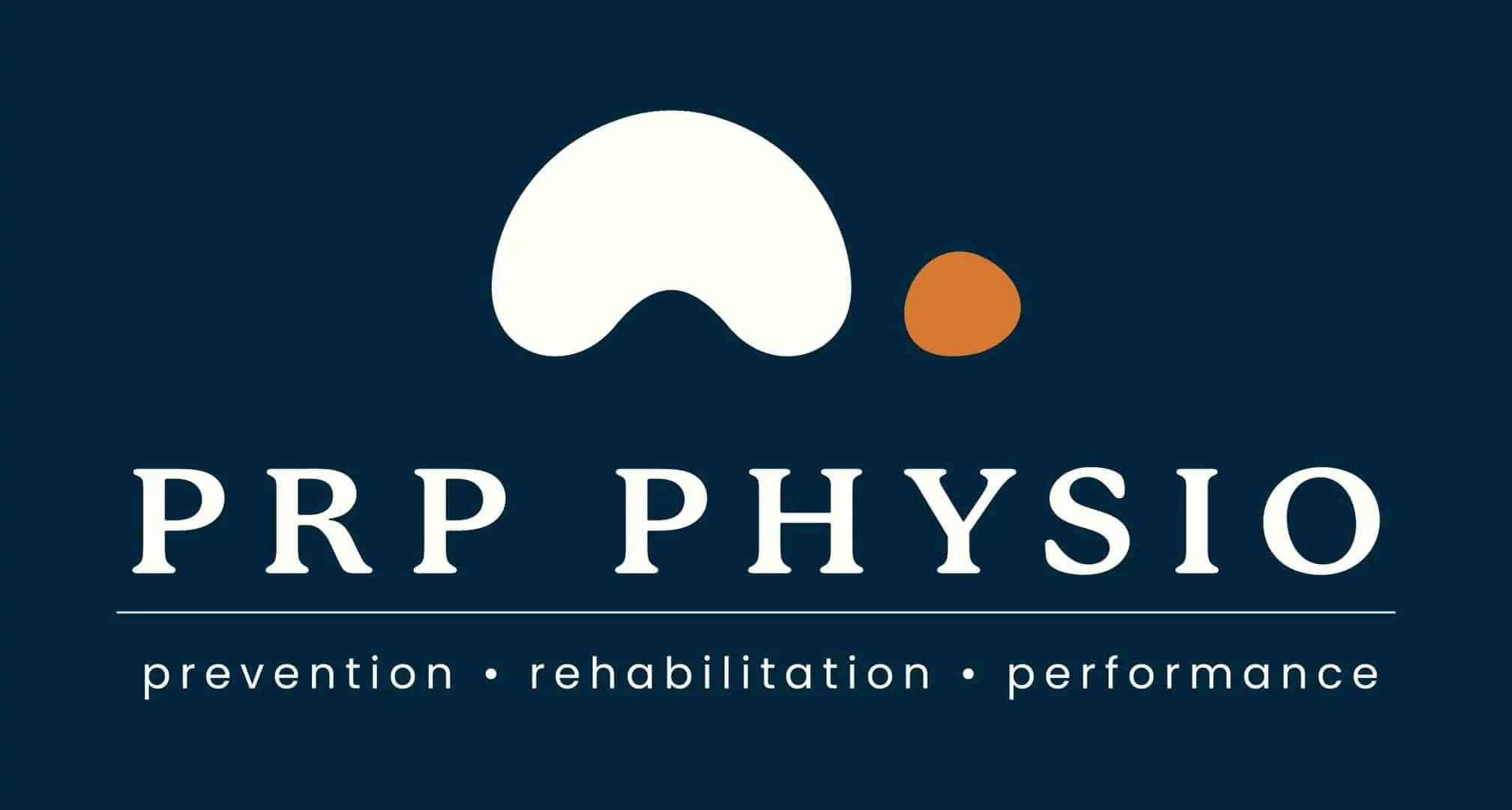
17 Jun My Top 5 Stretches for Low Back Pain
Back pain is becoming more and more common. As people are working from home more, our capacity to manage these symptoms has never been easier. Clients can take regular breaks through the day to perform their stretches and exercises to reduce symptoms. We recommend you use a heat pack before and after doing stretches if you are experiencing lower back pain. 30 minutes with the hot pack on should be plenty of time to allow you to get the best benefit from the hot pack and from your stretches. Check out my top 5 stretches for back pain below.
1 – Childs Pose
This is 100% my favourite stretch for clients with back pain. You are in complete control of it, there is a range of variations with how you can perform it, and people love it as well. The movement I find most of my clients struggle with is bending forwards. Child’s pose is a great exercise to allow you to stretch the muscles in your back, move the joints, and still be in control of how far and how fast you are going. Two different ways of doing it are either as a sustained hold, typically I would recommend 30-45 seconds. Or you can do it as a gentle movement, gradually moving in and out of the child’s pose position. Both can have great benefits so I often would recommend a combination of the two styles.
2 – Glute Stretch
These are fantastic to do even if you do not have lower back pain. Often tough, the glutes display increased muscle tone and tension so relieving that with these two stretches can be heaven! The two I regularly give out are the figure 4 stretch and the crossover glute stretch. They target slightly different muscle groups so both can be a great addition to your stretching program. It’s important not to push too far with this stretch, a light stretch held for a sustained time of 30-45 seconds is all that is needed. If some neural symptoms are present, heavy stretches may cause some neural compression and irritate symptoms.
3 – Hip Flexor Stretch
The dreaded hip flexors, often my client’s worst nightmare when I start treating them. I tell them time and time again to stretch them, but regularly doing them is key. The same as the glute stretches, these are great to do even without back pain. The hip flexors will commonly tighten up in episodes of acute low back pain so releasing that tension can have great short- and longer-term effects.
4 – Sciatic Neural Glider
I might be cheating on this one a little bit. Nerve gliders are not technically a muscle stretch. They work to improve nerve mobility through its pathway. Nerves are structures that do not have a lot of stretch capacity to them, therefore they are unable to be lengthened. I like to think of them like a garden hose. You can pull it out all the way, but if something stops it you will hit a tension point before the end of the hose.
Sciatic referral is the most common presentation for neural referral in the lower limb, as such I am going to pick a sciatic nerve glider as my number 4. Nerves do not like two main things – sustained stretches, and heavy stretches pushing past the tension point. Sustained stretches reduce oxygenation to the nerve creating a hypoxic environment, a recipe for increasing pain. Heavy stretches are simply likely to irritate symptoms.
5 – Cobra Stretch
The cobra stretch, or as some other physios may call them, McKenzie extensions are a commonly prescribed stretch. In a way it is the extension version of the child’s pose stretch we discussed earlier. You are in full control of how fast and how far you move and there are some simple progressions. Some back pain clients respond with a reduction in pain with extension-based movements, and sometimes repeated extensions can reduce lower limb nerve referral. With the right clients this exercise can be fantastic, but in most cases it can be used as a good exercise to maintain mobility through the hip flexors, as well as maintaining mobility of lumbar extension.
PRP Physio Opening Hours
